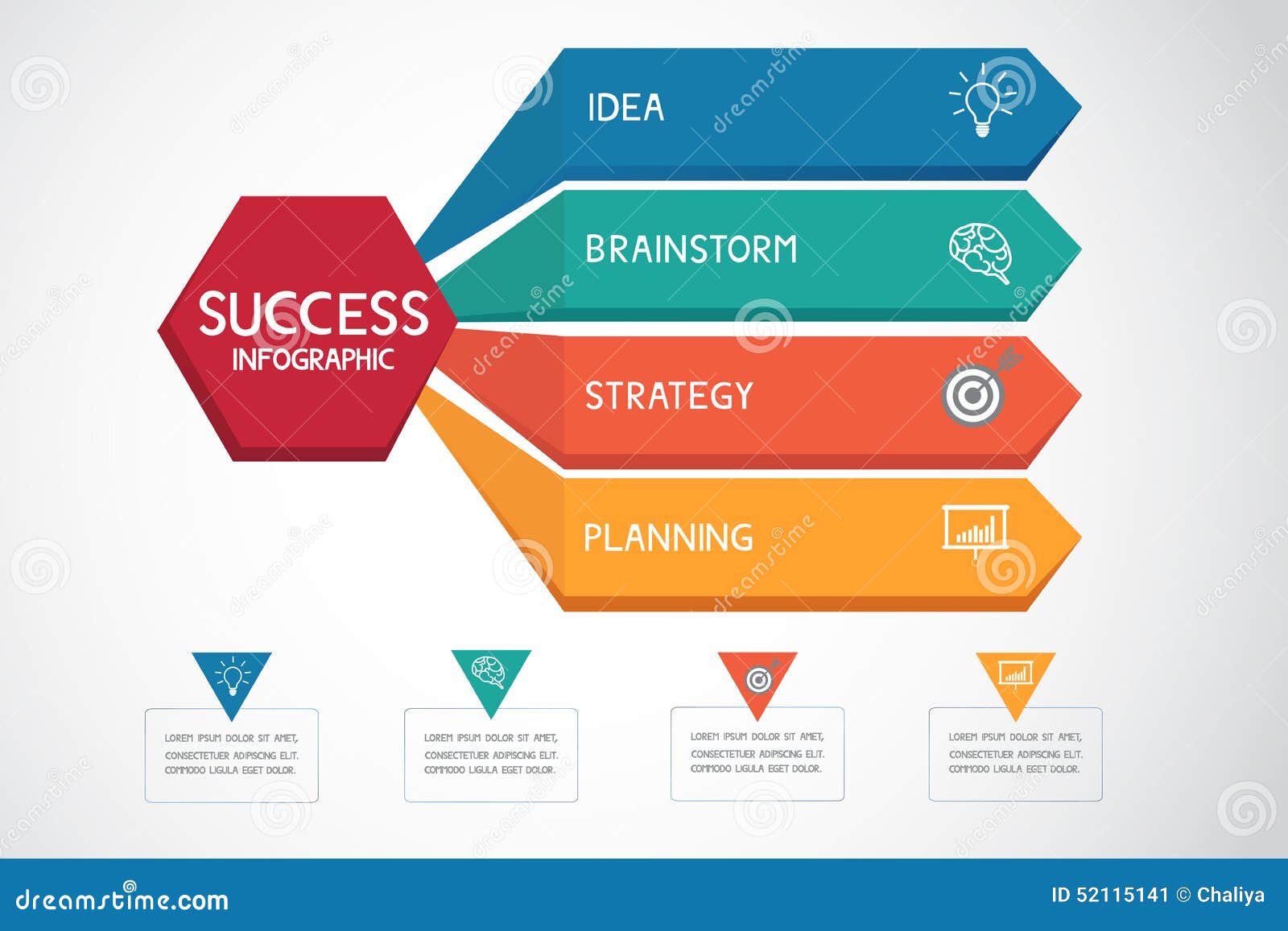Site Design Essentials: Tips For Building A User-Friendly Site
Site Design Essentials: Tips For Building A User-Friendly Site
Blog Article
Content By-Aguirre Daugaard
When it involves internet site design, guaranteeing user-friendliness is essential. From responsive layout to structured navigation, every aspect plays a crucial role in developing a website that deals with your target market's requirements. But what concerning the better information that can make or damage an individual's searching experience? Remain tuned as we reveal some often-overlooked suggestions that can boost your website's use to the next degree, making it truly stand out in the electronic landscape.
Relevance of Responsive Style
Receptive style is an important aspect of contemporary internet site advancement. Guaranteeing your internet site is receptive ways that it can adjust to various display sizes and gadgets, providing a seamless experience for customers.
With the enhancing use smartphones and tablet computers to access the web, having a receptive style is necessary for getting to a bigger target market. It assists in improving user experience by making your site very easy to browse and read on any tool.
In addition, responsive layout can positively influence your online search engine positions, as search engines like Google focus on mobile-friendly sites. By having a receptive style, you're additionally future-proofing your website, as new tools with differing display dimensions continue to arise.
Simplify Navigation Framework
To boost customer experience and promote simple access to details on your internet site, enhancing the navigating framework is paramount. When developing your website, focus on developing a clear and instinctive navigating food selection that aids site visitors find what they're trying to find rapidly.
Limit the number of menu items to the basics, organizing associated web pages with each other to prevent frustrating customers. Use descriptive tags that plainly indicate the web content of each web page, making it less complicated for users to recognize where each link will take them.
Think about applying dropdown menus for subcategories to prevent cluttering the main navigation bar. In addition, consist of a search bar prominently on the web page for users that prefer looking for certain information.
Focus on mobile responsiveness in your navigation layout to make sure easy access on all gadgets.
Optimize Web Page Lots Speed
Improving web page load speed is important for preserving visitors on your internet site. Slow-loading web pages annoy individuals and can cause high bounce prices. To maximize website disability compliance , beginning by maximizing photos. Compress pictures without compromising top quality to lower their data dimensions.
Furthermore, make web content management for browser caching to keep often accessed sources locally, quickening load times for returning visitors. search optimization firm , JavaScript, and HTML documents by removing unneeded characters, remarks, and formatting, boosting lots rate.
Think about making use of a web content delivery network (CDN) to distribute your web site's material throughout multiple web servers worldwide, decreasing latency for individuals accessing your site from different places. Finally, restrict using third-party scripts and plugins, as they can significantly impact lots times.
Conclusion
To conclude, by incorporating responsive layout, simplifying navigation, and maximizing web page lots speed, you can create an easy to use web site that appeals to a larger audience and improves customer experience. These essential elements make certain that visitors can easily accessibility and navigate your website throughout various devices, leading to increased interaction and complete satisfaction. By concentrating on these key aspects, you can develop an effective internet site that keeps users coming back for even more.
